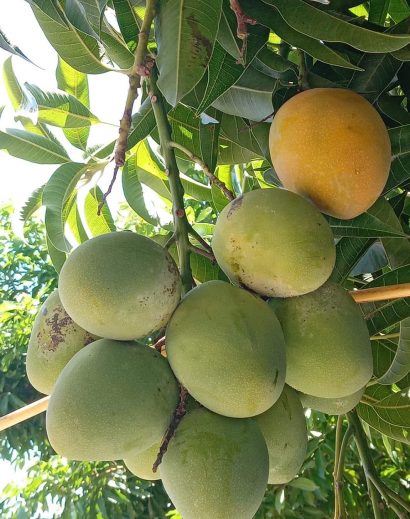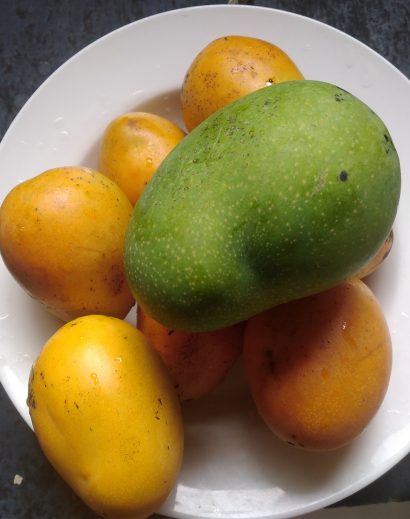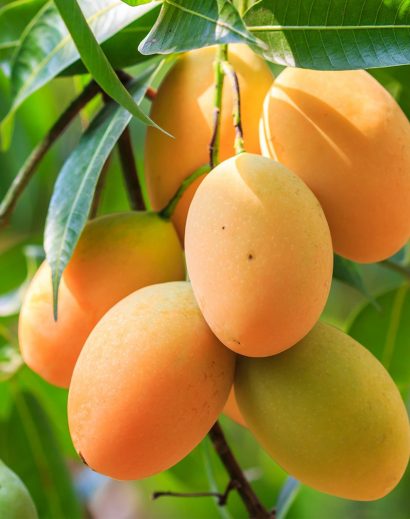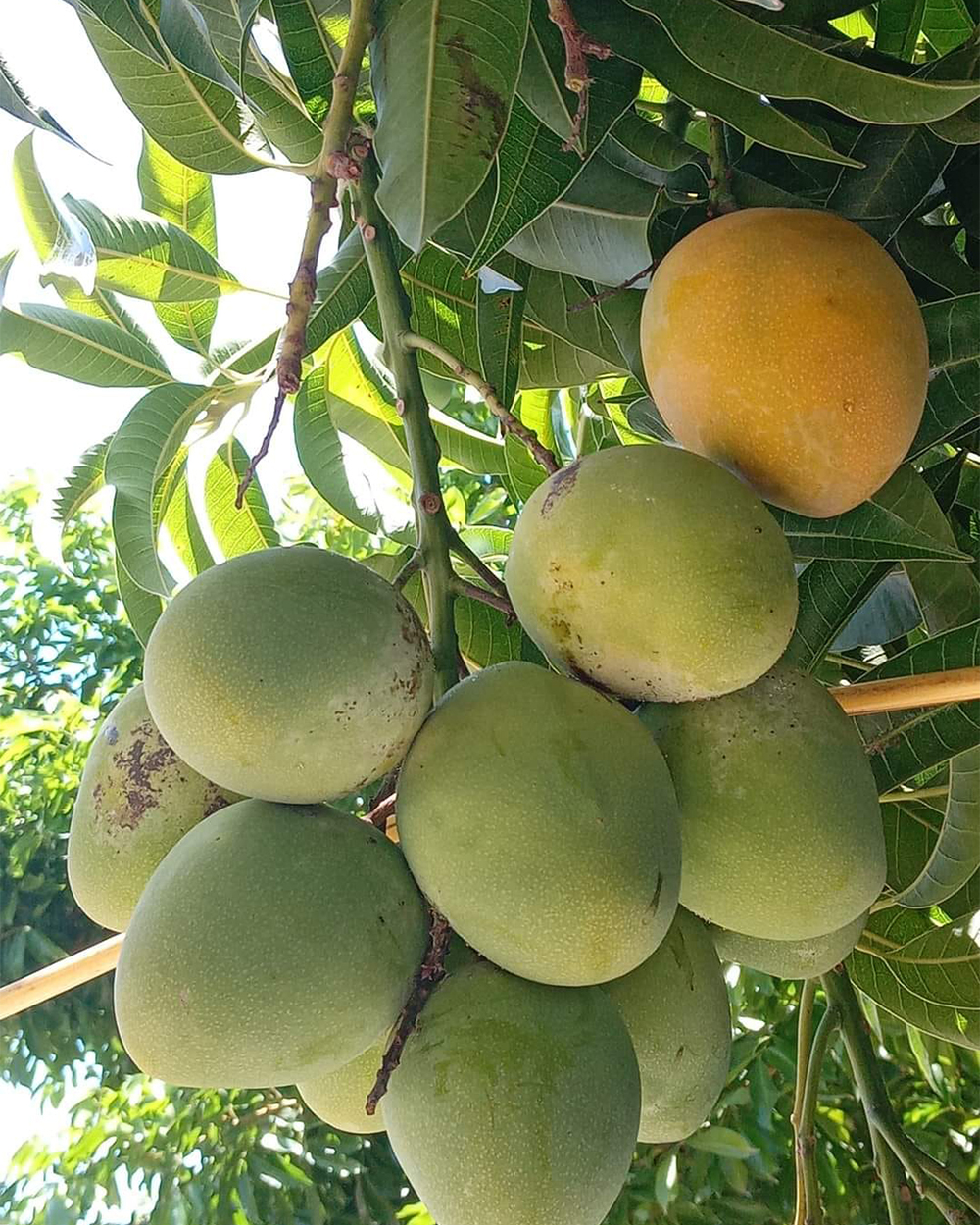Mangoes are susceptible to various diseases, and their occurrence can depend on factors such as climate, cultural practices, and the mango tree's overall health. Here are some common diseases that affect mango trees:
Anthracnose (Colletotrichum gloeosporioides):
Anthracnose is one of the most prevalent mango diseases. It affects leaves, flowers, and fruit. Symptoms include dark lesions on leaves, fruit rot, and black, sunken spots on the fruit's skin. Proper pruning and fungicide applications can help manage anthracnose.
Powdery Mildew (Oidium mangiferae):
Powdery mildew appears as a white, powdery substance on leaves and shoots. It can lead to reduced fruit production and poor fruit quality. Fungicide treatments and good ventilation can help control powdery mildew.
Mango Scab (Elsinoe mangiferae):
Mango scab manifests as raised, scaly lesions on fruit and leaves. It can cause fruit deformation and reduced quality. Fungicides and maintaining good tree hygiene can help manage scab.
Downy Mildew (Pseudoperonospora cubensis):
Downy mildew causes yellow or pale green lesions on leaves with a downy appearance on the undersides. It can lead to leaf drop and reduced fruit production. Fungicides and reducing leaf wetness can help control downy mildew.
Bacterial Black Spot (Xanthomonas campestris pv. mangiferaeindicae):
Bacterial black spot affects fruit, causing dark, raised lesions. It can lead to fruit rot and reduced quality. Copper-based fungicides and disease-resistant mango varieties can be effective in managing this disease.
Mango Malformation Disease (Fusarium mangiferae):
Mango malformation causes abnormal growth in leaves, flowers, and shoots. Infected fruit may also be deformed. Pruning affected branches and using disease-free planting material can help prevent its spread.
Algal Leaf Spot (Cephaleuros virescens):
Algal leaf spot appears as green, velvety growth on leaves, stems, and branches. While it's not usually lethal to mango trees, it can affect aesthetics. Proper pruning and copper-based fungicides can be used for control.
Fruit Rot (Various fungi):
Various fungal pathogens can cause fruit rot, resulting in the decay of mangoes on the tree or after harvest. Proper harvesting techniques, post-harvest handling, and storage conditions are essential to prevent fruit rot.
Root Rot (Various fungi):
Root rot affects the tree's root system, leading to stunted growth and wilting of leaves. Proper soil drainage, avoiding waterlogged conditions, and using disease-resistant rootstocks can help prevent root rot.
Viral Diseases (e.g., Mango Decline, Mango Mosaic Virus):
Various viral diseases can affect mango trees, leading to reduced fruit quality and yield. There are no specific treatments for viral diseases, so prevention through proper sanitation, selecting disease-free planting material, and controlling insect vectors is crucial.
To effectively manage these diseases, it's essential to identify the specific disease affecting your mango trees and apply appropriate control measures. Regular monitoring, proper sanitation, and selecting disease-resistant mango varieties are important aspects of disease management in mango orchards.
|





Reviews
There are no reviews yet.